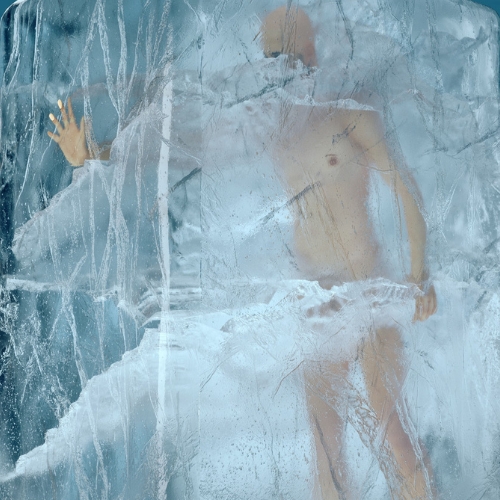Key points from article :
Cryonics is a process that preserves bodies or just heads in liquid nitrogen, hoping future technology can revive them. This concept, often featured in science fiction, has gained real-world attention. In the UK, individuals like Victoria Stevens and Paul Crowley have embraced it, aiming to extend life beyond current medical limitations.
Both have taken out insurance policies to fund their cryonic preservation, allowing them to manage costs over time and make the process affordable, especially when started young. The Cryonics Institute, a prominent facility in Michigan, holds over 100 individuals in "cryonic suspension." In the UK, Cryonics UK provides volunteer assistance to transport bodies upon legal death, cooling them and preparing them for preservation. This team, equipped with its own ambulance, addresses the logistical challenges involved.
Insurance advisors like Unusual Risks Mortgage & Insurance Services offer specialized policies to cover cryonics. Whole-of-life cover, designed to guarantee a payout, is often used, with funds assigned to the cryonics provider. As the field grows, some high-profile advocates, like Simon Cowell, have expressed interest in preservation, boosting public interest. However, critics, including science writer Michael Shermer, argue that cryonics resembles religious faith, promising hope without tangible results.
Cryonics costs vary significantly. The Cryonics Institute’s services start at $28,000, while Alcor, another major provider, charges a minimum of $80,000 for neurocryopreservation (head only) and $200,000 for whole-body preservation. For interested Brits, Cryonics UK hosts informational events, with a "roadshow" planned to educate the public. While many see cryonics as a gamble, supporters believe that advances in medical technology could eventually make "a second chance at life" feasible, keeping the debate between hope and skepticism alive.




